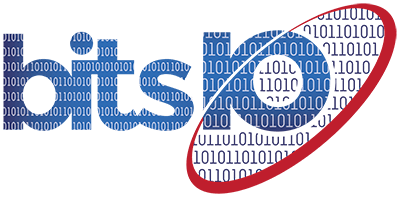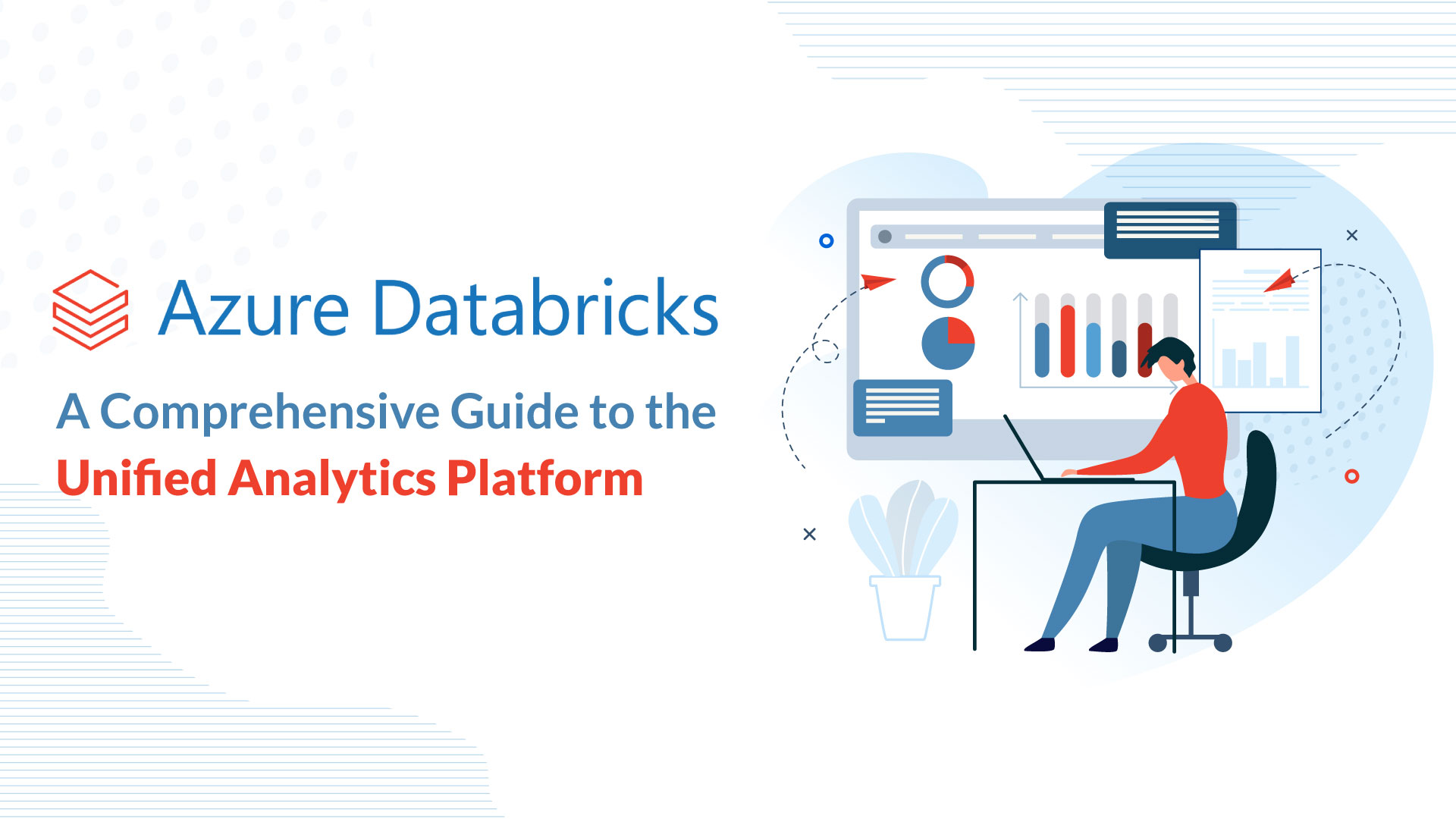
While digital transformation in the healthcare industry has tremendously improved the quality and efficiency of healthcare provided, it has also increased organizational risk exposure to data breaches.
In 2021 alone, an average of 1.95 healthcare breaches of 500 or more records reportedly occurred daily, highlighting the central IT security problem facing the industry at large.
For organizations to stay protected against such attacks, healthcare providers must devise roadmaps for securing their IT systems by selecting ideal choices from the numerous frameworks available.
This article explores healthcare security compliance and all the widely respected and updated frameworks you could use to protect your sensitive patient and employee data from malicious actors.
What is healthcare security compliance?
Most healthcare providers, irrespective of their organizational size, collect, store and leverage patient information to improve treatments’ quality, efficiency, and effectiveness to drive better outcomes.
When leaked, this healthcare data can expose the individual patients’ personal, financial, medical, and other sensitive information to bad actors. In addition to putting the patients at risk, such data breaches also cause significant reputational and economic damage to the organization.
On the other hand, security compliance ensures that all healthcare providers follow all professional, legal, and ethical practices to promote a reliable, safe, and efficient environment.
Maintaining compliance keeps the organization updated on current laws and policies by making appropriate changes to its workflow and operations. These regulations enable providers to safely dispense medications, perform medical procedures, increase billing accuracy, and store confidential health data.
An effective way to remain compliant is by continuously educating employees on regulation changes while performing internal audits and employing the best practices in IT security.
The importance of security compliance in healthcare
Healthcare security compliance should be a top priority for organizations because non-compliance often results in unsatisfactory patient care, which could, in certain instances, even lead to the loss of life.
This issue is primarily why healthcare providers should have the right frameworks, procedures, and process measures that guarantee absolute security compliance.
Upon recognizing the importance of security compliance, the European Union established the General Data Protection Regulation (GDPR) on 25th May 2018, which provides a legal framework that focuses on protecting everyone’s private data.
The GDPR holds healthcare organizations accountable by demanding robust processes that allow sensitive data to be handled and stored securely.
What happens if healthcare organizations are non-compliant
The most significant problem facing non-compliant healthcare organizations is their exposure to legal repercussions such as fines or lawsuits.
Consequently, non-compliance can also cause a considerable dent in the organization’s finances and hinder its ability to provide adequate patient services.
So healthcare providers must employ the relevant regulations and frameworks available to ensure their organization and its stakeholders remain compliant.
7 Security compliance frameworks healthcare companies need to know

By establishing regularized standards and practices, frameworks and regulations are constantly updated to curb unethical and immoral practices by healthcare stakeholders.
They further help combat the rising adeptness of modern-day cybercriminals, protect invaluable patient data, and enable businesses to provide exemplary healthcare services.
Some of the most widely used frameworks present today are:
HIPAA

HIPAA (Health Insurance Portability and Accountability Act) is a set of laws introduced in 1996 to regulate the disclosure and protection of healthcare-related information in the United States of America.
While all healthcare organizations in the United States must be HIPAA compliant to operate legally, other countries have opted to use altered versions of the HIPAA framework that suits their local conditions.
HIPAA is primarily centered around the following three rules:
The Privacy Rule
The first regulation is the privacy rule which defines and limits who can access an individual’s sensitive healthcare information and places the need for written authorization from the patient for its usage.
The Security Rule
Secondly, the security rule requires healthcare organizations to conduct risk assessments to maintain compliance and identify areas of non-compliance that could pose security risks.
Breach Notification Rule
Lastly, the breach notification rule demands that healthcare providers notify patients of any potential security breaches to their sensitive health information.
It is paramount that healthcare businesses have in place the process security, network, and physical measures to follow the three principle rules.
NIST
The National Institute of Standards and Technology (NIST) is a free, globally recognized, and scalable framework that healthcare organizations can quickly adapt, implement, and maintain.
It is a comprehensive framework of industry guidelines that provide organizations with unified security and privacy controls to reduce cyber risks and threats.
NIST 800-53 was made available to the healthcare industry after introducing revision 5, extending its applications beyond governmental entities. It integrates and maps with other frameworks like ISO 27001 and HIPAA to fulfill more diverse compliance requirements.
CIS
The Centre for Internet Security (CIS) is a set of controls that allows organizations of all sizes to strengthen cyber security and maintain compliance in the healthcare industry.
It is comprised of a set of the following 18 CIS controls:
- Inventory And Control of Enterprise Assets
- Inventory And Control of Software Assets
- Data Protection
- Secure Configuration of Enterprise Assets and Software
- Account Management
- Access Control Management
- Continuous Vulnerability Management
- Audit Log Management
- Email Web Browser and Protections
- Malware Defenses
- Data Recovery
- Network Infrastructure Management
- Network Monitoring and Defense
- Security Awareness and Skills Training
- Service Provider Management
- Application Software Security
- Incident Response Management
- Penetration Testing
Adding to its capabilities is that it maps to major security frameworks such as NIST and ISO 27000.
HITRUST
The HITRUST CSF (Health Information Trust Common Security Framework) is highly popular among healthcare companies and their cloud service providers.
This framework can measure and gauge if organizations follow optimal cybersecurity compliance to use and protect patients’ personally identifiable information safely.
The HITRUST CSF consists of nineteen different domains:
- Information Protection Programs
- Endpoint Protection
- Portable Media Security
- Mobile Device Security
- Wireless Security
- Configuration Management
- Vulnerability Management
- Network Protection
- Transmission Protection
- Password Management
- Access Control
- Audit Logging & Monitoring
- Education, Training, and Awareness
- Third-Party Assurance
- Incident Management
- Business Continuity & Disaster Recovery
- Risk Management
- Physical & Environmental Security
- Data Protection & Privacy
Although HITRUST is non-mandatory for companies, it is a practical framework to produce, access, store, or exchange healthcare information in compliance with compulsory regulations such as HIPAA.
It can also measure compliance against other frameworks such as ISO 27001, NIST, COBIT, and PCI DSS. This ability to reveal any compliance issues with regulations is why HITRUST certification is a reputed security measure that builds credibility for healthcare organizations.
ISO
ISO is a globally renowned, independent, non-governmental international standards organization with a membership of around 167 national standards bodies.
ISO/IEC 27001 is the set of standards for regulating the creation and maintenance of information security management systems.
It enables healthcare organizations to manage the security of patients’ and employees’ financial information, personal data, and other sensitive information entrusted by third parties.
COBIT
The Control Objectives for Information and Related Technologies (COBIT) framework was introduced in 1996 by ISACA (Information Systems Audit and Control Association), a nonprofit organization specializing in the governance and management of standards and practices for healthcare information systems.
COBIT 2019, its most recent version, follows six principles:
- Provide Stakeholder Value
- Holistic Approach
- Dynamic Governance System
- Distinct Governance from Management
- Tailored to Enterprise Needs
- End-to-End Governance System
These principles provide healthcare organizations with comprehensive coverage and visibility on their IT systems.
COBIT is a non-mandatory yet globally renowned framework that helps improve the efficiency of health care. It reduces costs by creating a unified governance structure and eliminating gaps and vulnerabilities in healthcare organizations’ IT security systems.
QSR

QSR (Quality System Regulation) ensures that device manufacturers practice the gold standards of security to prevent medical devices from being attacked and compromised by malicious actors.
Its information security policy for healthcare enforces methodologies such as user authentication, encryption, and validating all device changes, updates, and vulnerability patches to uphold high-level device protection.
It is also a regulation that reduces the risk of device compromise by ensuring the best practices in risk management, design controls, monitoring systems, maintenance, and response are integrated with adequate security controls. QSR reduces the possibility of operational shutdowns for healthcare providers significantly.
QSR compliance is mandatory for medical device manufacturers in the United States of America if they wish to supply their equipment to healthcare providers.
Non-compliance to QSR in this region can increase organizational exposure to reputational damage, sanctions, and criminal prosecution.
How to ensure security compliance as a healthcare organization
Here are some of the best cybersecurity practices that your healthcare organization could leverage to maintain its ongoing compliance with emerging regulations and frameworks:
Implement Zero Trust Architecture
Zero trust architecture (ZTA) is an additional security layer against intruders that enables digital transformation.
Working on the zero trust principle, ZTA scrutinizes all network activity by treating all data transmissions as potential intrusions until proven otherwise.
Essentially, treating all network communications as guilty until proven innocent.
Robust authentication methods, network segmentation, and prevention of lateral movement are some of the characteristic features that ZTA uses to protect healthcare networks on a granular level and prevent unauthorized access to sensitive health information.
Implement Third Party Risk Detection software

Third-party risk management (TPRM) assesses the healthcare organization’s security posture to identify and reduce risks arising from third-party and fourth-party ecosystems.
These ecosystems are typically parties such as suppliers, vendors, partners, service providers, or contractors with direct or indirect access to the company networks.
Periodical security assessments, real-time attack surface monitoring, and security ratings are excellent means to identify and mitigate these risks.
Healthcare organizations can maintain compliance by periodically conducting these security assessments to check all areas of the healthcare organization for adherence to the current regulatory requirements.
Invest in attack surface management monitoring
While a growing number of devastating attacks on healthcare organizations are occurring daily, the need for effective attack surface management systems has never been more evident.
An attack surface monitoring solution can help healthcare providers to improve their security posture by proactively identifying and addressing system vulnerabilities that can lead to damaging data breaches.
These systems also improve healthcare organizations’ resilience against existing and emerging threats by keeping them compliant with the relevant regulations.
Ensure continued security compliance with Bitsio
BitsIO is a service provider that makes your cyber security its number one priority. Our Splunk offerings provide data analytics and security while providing insights that can help you improve the patient experience, protect patient records, and secure your threat landscape.
We offer state-of-the-art threat detection, analysis, and response systems to protect your organization against existing and emerging threats. We enable you to address compliance requirements and use feedback to improve your security and workflow efficiency.
Our Splunk experts will be there with you every step of the way, allowing you to provide better access to information to patients and providers. Contact us to learn more.


